Search
 Video
Video
Colon Cancer: New Screening Options and Guidelines
With colon cancer increasingly found in younger patients as well as a leading cause of cancer-related death, Aparajita Singh, MD, MPH, director of the UCSF GI Cancer Prevention Program, offers an important update.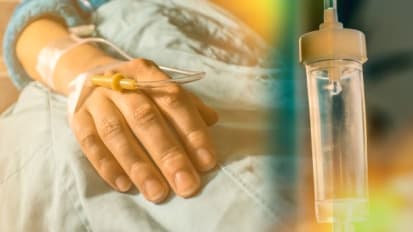 Video
Video
CAR T-Cells for Hematologic Malignancies and Beyond
In this data-drenched discussion, UCSF specialists review how CAR T-cells are being used in hematologic malignancies, including aggressive lymphoma and difficult-to-treat myeloma, as well as for solid tumors, and reveal what's on the horizon with regard to these products. News
News
Drug Targeting Tauopathies in Mice Reveals Sex Differences in Response
Microglia are cells that are central to both brain health as well as disease progression in many neurological conditions. News
News
UCSF Surgical Oncologists Present Clinical Findings at International Conference
The latest advances in surgical cancer care and research were showcased at the Society of Surgical Oncology’s (SSO) Annual Meeting, the International Conference on Surgical Cancer Care. The meeting was held in Boston, from March 22 – 25, 2023. Video
Video
Meet the Doctor: Dr. Christina Allen
Get to know Dr. Christina Allen, an Orthopedics Sports Medicine surgeon at UCSF. News
News
Olfactory Loss from COVID-19 Infection: Cause and Treatments Studied at UCSF
Complete (anosmia) and incomplete (hyposmia) smell sensitivity impairment are widely reported indicators among the many symptoms of COVID-19 infection. Quality of life can be substantially impacted by the loss of taste and smell, with possible effects including depression, loss of appetite, and safety risks from lack of awareness of gas leaks, smoke or spoiled food. The path to recovery of taste and smell varies widely among affected individuals. News
News
International Conference Features UCSF Breast Cancer Experts
Breast cancer experts from UCSF Health will present new research and clinical findings at the annual San Antonio Breast Cancer Symposium, the world’s largest and most prestigious breast cancer conference. Video
Video
A Better Understanding of Breast Cancer Risk: How to Find the Best Options for Individual Patients
Doctors must weigh numerous factors as they seek to identify and manage patients at high breast cancer risk. Video
Video
COVID Update: Experts Answer Questions on Boosters, Everyday Risks and What the Future Holds
An expert panel mines the latest data to discuss the COVID-related issues on patients’ minds News
News
Forecasting May Help People with Epilepsy Predict Their Seizures
UCSF team discovers brain activity patterns that foreshadow seizures up to 24 hours before they occur. Video
Video
Our Cardiologists Address Consequences of the COVID Crisis
The pandemic has both led to delays in heart attack treatment and highlighted racial disparities in health care. Our specialists look at facts and possible solutions. Plus: an update on managing COVID patients at risk of thrombosis and other inflammatory conditions.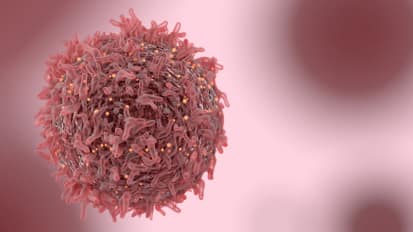 Video
Video
Screening for Breast Cancer in an Era of Breast Density Legislation
Get an in-depth look at evidence for mammography as a screening tool to reduce mortality via early detection of breast cancer. Also: the value of breast density legislation, density assessments and supplemental screening options like MRI and ultrasound.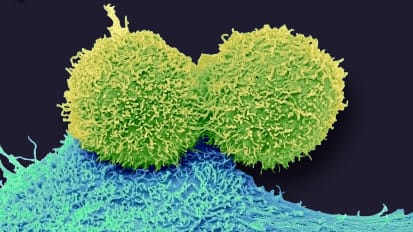 News
News
UCSF and I-SPY 2 Breast Cancer Researchers Develop Newly Redefined Breast Cancer Response Subtypes
Research scientists and statisticians from UC San Francisco have developed improved biomarker classifications as part of their research results in the I-SPY 2 trial for high-risk breast cancer patients. Document
Document
Breast Oncology
Expert care and transformative research working together to improve both survival and quality of life News
News
UCSF’s Dr. Mitchel Berger on the Cancer Moonshot Relaunch
On Feb. 2, 2022, Mitchel Berger, MD, neurosurgeon and director of the UCSF Brain Tumor Center, attended the relaunch of the White House’s Cancer Moonshot initiative at the invitation of President Joe Biden and Dr. Jill Biden. Video
Video
Gestational Diabetes Mellitus (GDM): A Fresh Look at Health Impacts, Screening Tests & Management Tools
Having experienced GDM herself while pregnant, perinatologist Jennie Duffy, MD, understands the challenges for both patients and doctors in the quest for better glycemic control. Video
Video
Cancer Immunotherapy: Promise and Pitfalls
Oncologist David Oh speaks at the October 2017 Bay Area Breast Cancer Forum about key developments in immunotherapy like immune checkpoint inhibitors and T-cell therapies, plus its use in experimental approaches to breast cancer treatment.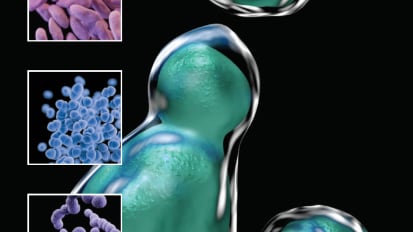 Document
Document
UCSF Center for Next-Gen Precision Diagnostics
UCSF was the first in the world to provide metagenomic next-generation sequencing (mNGS) as a clinical test for diagnosis of neurological infections. News
News
One Million Dollar Gift Advances Patient Recovery Research with Groundbreaking Digital Tools
Jeannie Bailey, PhD, director of the Digital Orthopaedic Biomechanics Lab, and Bobby Tay, MD, chief of the UCSF Orthopaedic Spine Service, have been awarded a $1 million gift to support the development of digital tools designed to track and predict biomechanical recovery following surgery.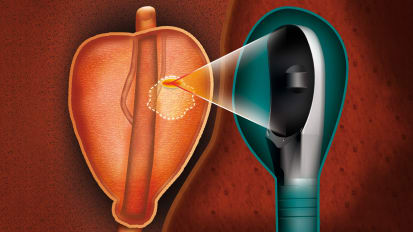 News
News
Focal High-Intensity Focused Ultrasound Ablation for Intermediate-Risk Prostate Cancer
The urologic surgical oncology team has performed an average of five focal HIFU procedures a month since the device was installed last year, offering patients a new minimally invasive treatment option. Video
Video
Get Current on COVID: Case Trends, Flu Season Strategies and Mask Facts
Pulmonologist Brian Block, MD, provides an analysis that clarifies risk factors, in terms of both patient and hospital status. He also discusses how to manage coming flu-related challenges and offers evidence on masking efficacy for both disease spread and severity. Video
Video
Advances (and Uncertainties) in Oncology: Current and Future Roles of Antibody Drug Conjugates
Focusing on common bladder, lung and breast cancers, three UCSF oncologists describe how antibody drug conjugates (ADCs) are changing the treatment landscape, especially for refractory cases Document
Document
CAR-T Cell Therapy Treatment and Research
UCSF is a leader in the newest forms of cellular immunotherapy, which have been shown to be particularly effective in the treatment of B-cell non-Hodgkin lymphoma (NHL) and B-cell acute lymphoblastic leukemia (B-ALL). News
News
Lauren Shapiro, MD, MS Secures Research Funding to Tackle Spanish-Speaking Patient Care Disparities
UCSF Department of Orthopaedic Surgery is pleased to announce that Lauren Shapiro, MD MS, an orthopaedic hand surgeon and medical researcher, has been awarded a prestigious K23 grant.

